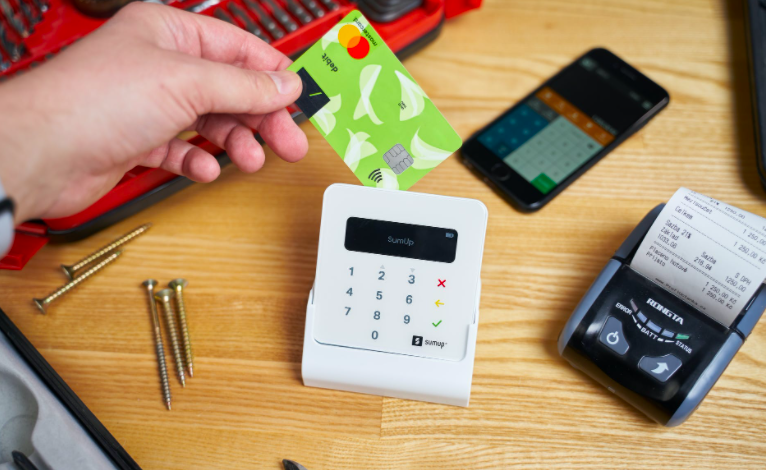Many commentators talk about consumer prices. For example, there is often a great deal of discussion on the Consumer Price Index, or CPI, which is a popular barometer of consumer prices. If you look at a long-term chart of this barometer it will show an increasing trend of prices since the year 1960.
While economic barometers like the CPI can be useful for overview purposes, they tend not to be very practical because not all prices rise: some decline, like those for electronic devices, while other prices stay the same.
There are many different kinds of prices, but all prices generally fall within three main categories: discount prices, retail prices and distress prices.
People pay “distress prices” when they need something in a hurry. For example, if a pipe bursts in your home and you call a plumber to fix it, the price he charges you will likely be higher than the price of a routine service call. The reason for the higher price is that the plumber has to “drop everything” to respond to your distress, which drives up his costs and therefore the price he charges you.
“Retail prices” are the most common price and can be found in grocery stores, department stores, restaurants, etc.
“Discount prices” are price levels below—sometimes far below—retail prices. For example, discount prices can be found at “going out of business sales,” discount stores, tag sales, etc.
The same logic applies to prices consumers receive when they sell things. For example, many people sell items to pawn shops. Pawn shops buy goods at either “distress” or “discount prices,” and then they sell those goods at “retail prices.” (Pawn shops also extend short-term fully collateralized loans, which is not a subject of this article.)
People sell to pawn shops for two main reasons: First, they do not want to take the time needed to sell their items at retail prices, and therefore they sell them to pawn shops at discount prices. Examples of this can be seen in the popular television show, Pawn Stars. A second reason people sell to pawn shops is that they need money in a hurry, and as such will sell their items quickly, at distress or discounted prices.
Understanding the practical implications of the above can help you become a better buyer and seller. For example, because prices are based on both the value of a good and how quickly you want it, you will pay lower prices on average if you spend some time “shopping around” for deals. In other words, instead of buying an item immediately at a retail price, delay the purchase and see if you can buy it later, at a discount price.
Occasionally, deals even arise in the retail space. For example, even though grocery stores, department stores and restaurants do not negotiate on price, many issue coupons or hold sales. Therefore, taking time to “clip coupons,” and to find out when sales are scheduled to be held, will help discount the prices you pay over time. Interestingly, coupon clipping is also the subject of a popular television show, Extreme Couponing.
The same approach can be used when you sell things. For example, instead of selling an item quickly to a pawn shop at a discount price, spend some time and try to find a retail buyer.
Time is money, so use your time to be more price conscious when both buying and selling. And make sure to keep a list of your price savings so you can track how much money you’ve made by “buying low and selling high.”
How to sell a product: Act Now





